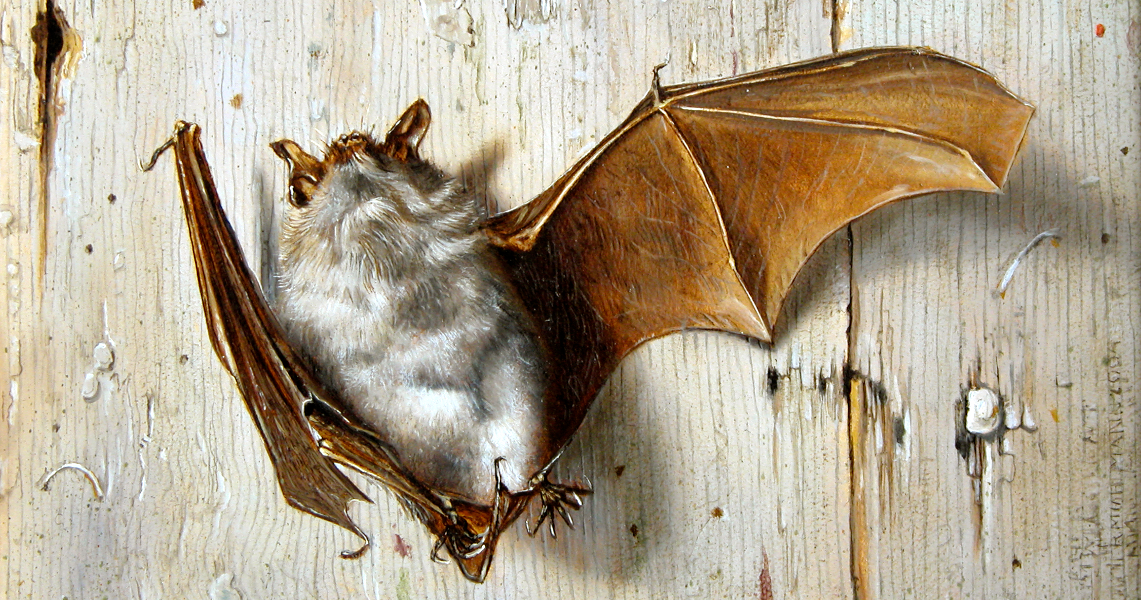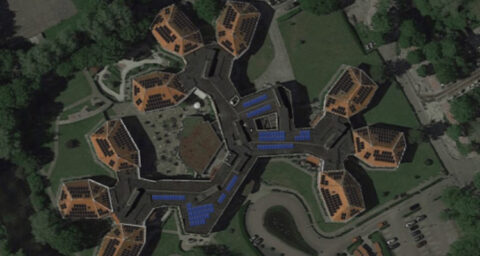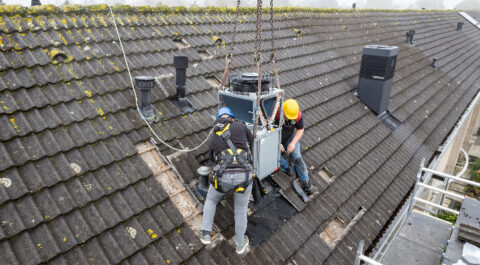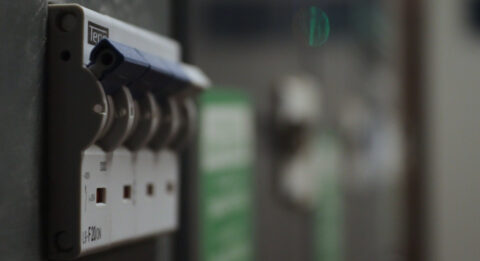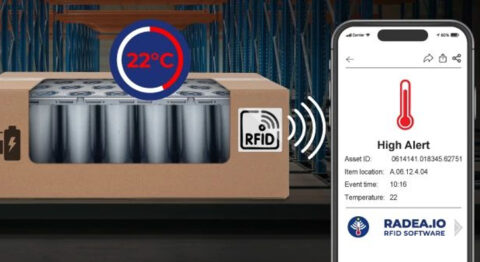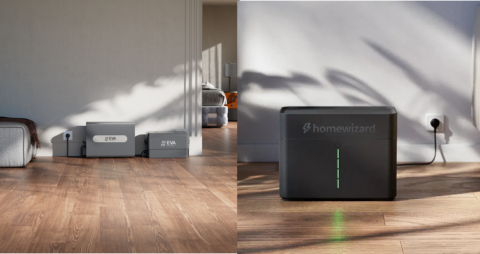With validated bat detection methods, insulation companies can insulate nearly seventy percent more cavity walls of homes through 2030, than without these additional methods. This is according to research by W/E Advisors. The market for cavity wall insulation has been shrinking rapidly since the Council of State's ruling on the way to investigate protected species, such as bats. We can and must solve this quickly: for an affordable energy bill, less dependence on gas imports, the climate and for employment in the sector.
The Council of State ruled that an insulation company had violated the duty of care in the Nature Protection Act with its methods. This resulted in a sharp drop in demand for (cavity wall) insulation, due to too much uncertainty about how to insulate. But mainly because insulation companies cannot now build up enough work stock to continue insulating during the summer and winter periods. "With new detection methods, yet to be validated, we can save both the bats and the facade insulation rate," says Olof van der Gaag, president of the Dutch Sustainable Energy Association (NVDE). "It is badly needed that these detection methods, in addition to the temporary method, can be deployed quickly, otherwise a large part of the labor capacity in the insulation sector will be permanently lost. Then too many residents will have to wait too long for an insulated house." The NVDE and VENIN commissioned the study by W/E Advisors.
Innovative detection methods such as eDNA, for example, detect traces of bats and other animals in the cavity wall. This allows more homes to be insulated. These methods allow insulation companies to use their staff more continuously, because in this case, no work is needed to clear the homes of wildlife if no spores are found. Only when traces are found does the insulation company switch to the temporary method of nature-free insulation.
Research and validation of innovative detection methods are part of the approach to nature-friendly insulation, as announced by the Ministries of the Interior and Kingdom Relations and the Ministry of Agriculture, Nature and Food Quality in the letters to Parliament late last year. In case of the use of detection methods, insulation companies do not have to downsize as much and bankruptcies can be avoided. Simply because they can continue to insulate more homes. If working with this detection method is allowed as of early September, nearly 138,000 additional homes could be insulated through 2030, compared to working directly with the natural calendar, according to W/E Advisors' research. An average household saves €658 annually after cavity wall insulation, which saves about 460 m3 of natural gas and reduces 844 kg of CO2. Cavity wall insulation is an important means of reducing energy poverty. The proposed temporary method assumes that bats are potentially present in each home. The homes are not surveyed beforehand. Therefore, a wildlife calendar must be used everywhere: insulation companies must make the cavity wall bat-free in advance (in the months indicated) and then often cannot insulate until months later. Both the current method and the still-developing approach with pre-species management plans (pre-SMPs) both place a cap on the number of homes to be insulated per year.
Working according to a natural calendar allows insulation companies to do much less (cavity wall) insulation work. W/E consultants calculated that when working with a natural calendar, approximately 200,000 homes could be insulated through 2030 instead of the 550,000 previously anticipated. With the application of validated detection methods, that's about 338,000 homes. The National Insulation Program (NIP) aims to insulate poorly insulated homes faster.
The program was supposed to provide a more predictable "conversion flow" toward insulation companies, which would also allow these companies to scale up. Instead, what is now happening in practice is a major slowdown due to the approach to nature-friendly insulation. Insulation companies have to lay off staff, choose to pursue other business activities, turn abroad or even go bankrupt. Crises in the past show that personnel who are forced to leave the industry are not likely to return. "If we are not careful, we may suffer from this for years to come. New detection methods, in addition to temporary working methods, can really ensure a better recovery of the market," says PietJan Dijkstra of the Association of Certified Insulation Companies (VENIN Isolerend Nederland). It is therefore necessary that in the very short term certain detection methods (which insulation companies are allowed to perform themselves) become possible. The NVDE and VENIN make the urgent call to speed up development and validation so that validated methods are ready by September. This requires that the validation of detection methods be carried out in phases.
